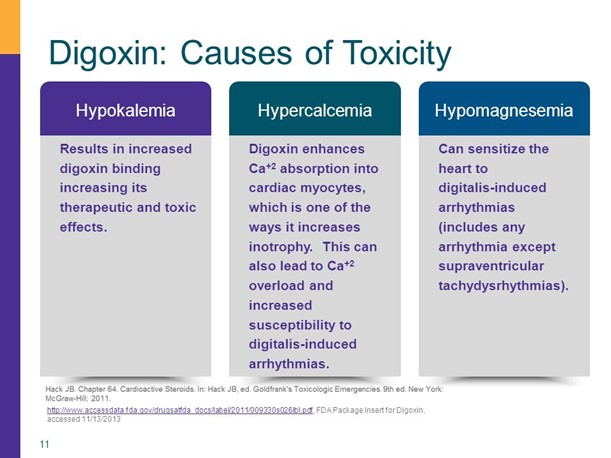A nurse is planning care for a client who is receiving morphine via continuous epidural infusion. The nurse should monitor the client for which of the following adverse effects?
Pruritus
Gastric bleeding
Tachypnea
Cough
The Correct Answer is A
A. Pruritus, which is itching, is a common adverse effect associated with the use of opioids, including morphine. Itching can occur when opioids are administered through various routes, including epidural infusion. The exact mechanism for opioid-induced itching is not fully understood, but it is thought to be related to the release of histamines or other chemical mediators.
B. Gastric bleeding is not a common adverse effect of epidurally administered opioids like morphine. Gastric bleeding is more associated with non-steroidal anti-inflammatory drugs (NSAIDs) and certain other medications.
C & D. Tachypnea (rapid breathing) and cough are not typical adverse effects of epidurally administered opioids. However, opioids can cause respiratory depression (slow and shallow breathing), so monitoring respiratory status is important when using these medications.

Nursing Test Bank
Naxlex Comprehensive Predictor Exams
Related Questions
Correct Answer is A
Explanation
Saw palmetto is an herbal supplement that has been used traditionally to manage symptoms of benign prostatic hyperplasia (BPH), which is an enlargement of the prostate gland that can cause urinary symptoms. There is some evidence to suggest that saw palmetto may have a beneficial effect on BPH symptoms by reducing urinary frequency, nocturia, and incomplete emptying of the bladder. However, it's important for the client to discuss the use of any herbal supplements, including saw palmetto, with their healthcare provider before starting them, as they can interact with prescribed medications or have potential side effects.
The other supplements listed (black cohosh, garlic, and feverfew) are not typically used for the management of BPH and are not directly relevant to this condition.

Correct Answer is D
Explanation
A. Taking an HMG CoA reductase inhibitor (commonly known as statins) is not directly associated with digoxin toxicity. Statins are used to lower cholesterol levels.
B. Having a 10-year history of COPD (chronic obstructive pulmonary disease) is not directly linked to an increased risk of digoxin toxicity.
C. Having a prolapsed mitral valve is a valvular disorder and is not a primary factor that contributes to digoxin toxicity.
D. Taking a high-ceiling diuretic
The factor that predisposes the client to develop digoxin toxicity is taking a high-ceiling diuretic.
Digoxin toxicity can be influenced by several factors. One important factor is the levels of potassium in the blood. High-ceiling diuretics, also known as loop diuretics (e.g., furosemide), can lead to potassium loss through increased urinary excretion. Low levels of potassium (hypokalemia) can increase the risk of digoxin toxicity, as digoxin has a greater effect on the heart when potassium levels are low.

Whether you are a student looking to ace your exams or a practicing nurse seeking to enhance your expertise , our nursing education contents will empower you with the confidence and competence to make a difference in the lives of patients and become a respected leader in the healthcare field.
Visit Naxlex, invest in your future and unlock endless possibilities with our unparalleled nursing education contents today
Report Wrong Answer on the Current Question
Do you disagree with the answer? If yes, what is your expected answer? Explain.
Kindly be descriptive with the issue you are facing.
